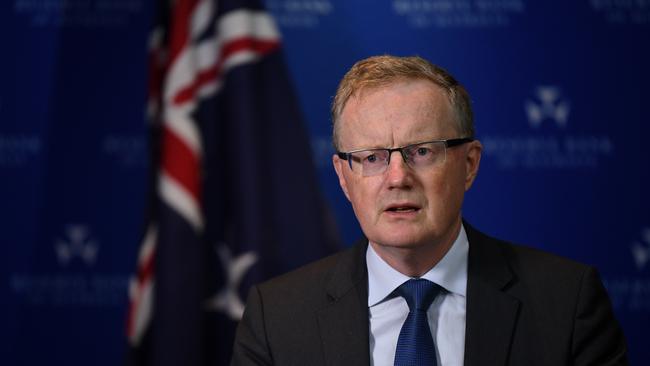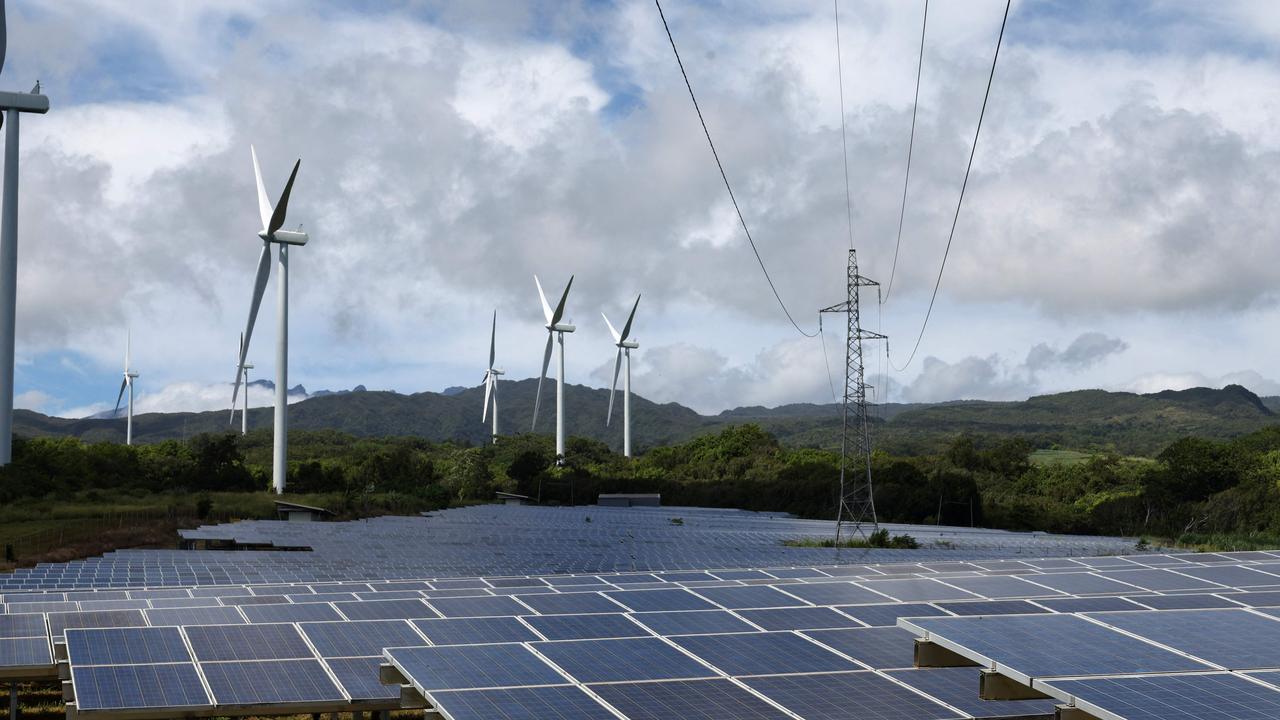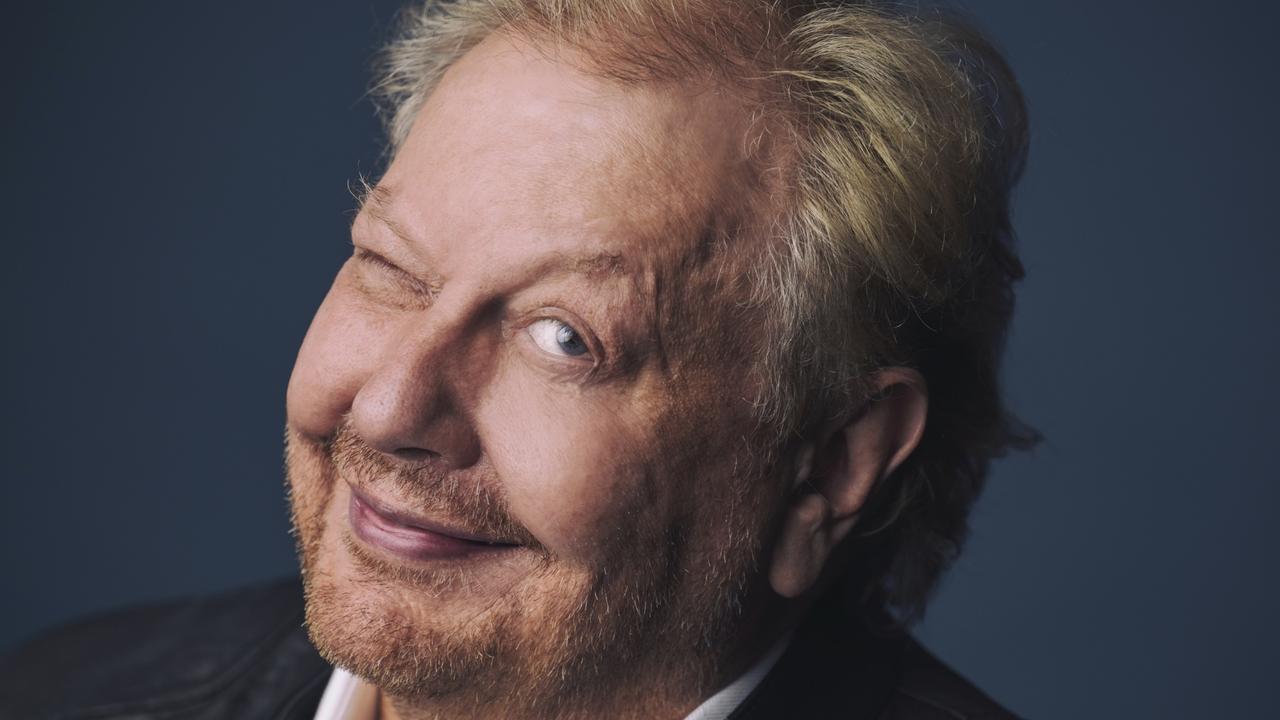Coronavirus: Shadow on economy may last for years, warns RBA Governor Philip Lowe
Philip Lowe warns post-pandemic Australians will be more risk averse and less willing to spend, borrow and invest.

Reserve Bank governor Philip Lowe has warned post-pandemic Australians will be more risk averse and less willing to spend, borrow and invest, and “unless we change something we are going to be in a world of lower (economic) growth”.
Speaking at an ANU Crawford School event on Monday morning, Dr Lowe again flagged an urgent need for reform to improve the country’s productivity, and said he had been “encouraged” by the Morrison government’s talk of reform to industrial relations, boosted infrastructure spending and a greater focus on deregulation.
“We can borrow to build a bridge but without reforms we will meander along with mediocre growth and we can’t borrow our way out of that,” Dr Lowe said.
The “shadow” cast over the economy from the pandemic “will last perhaps for years”.
“We can move out of that shadow slowly or quickly,” Dr Lowe said, and the reinvigoration of the economy will depend on the pace of technological advancement in the wake of the crisis, and how well we can implement policy reform.
Dr Lowe said that during the coronavirus crisis it had been “entirely appropriate” to “throw “everything” at building a bridge to the other side of the severe economic downturn.
Despite surging government debt levels, the RBA boss said it was the “right thing to borrow now to build a bridge and it’s the right thing to borrow to make investments in our future”.
Dr Lowe also said he would like the Australian dollar to be weaker but that it was “really hard to argue (it) is overvalued”.
Dr Lowe has pushed the cash rate down to 0.25 per cent and signalled he is not prepared to cut again. The RBA in March also implemented its own version of a bond-buying program.
But what Dr Lowe called an “extraordinary intervention in capital markets” in the US by the Federal Reserve — last week the Fed announced it would begin buying corporate bonds — has led to a weakening greenback and a stronger Aussie currency, which pushed above US70 cents earlier this month after dropping as low as US57.4 cents in mid-March. It now trades at US68.3 cents.
“If everyone (central banks) eases and we don’t, we would expect the dollar a to appreciate,” Dr Lowe said. “At some point that could become a problem, but I don’t think we’re at that point yet.”
“We would like a lower dollar but it’s really hard to argue the (Aussie) is overvalued.”
He flagged he was open to rethinking the central bank’s monetary policy framework of inflation targeting in the coming years, but said irrespective of any potential changes, rates would stay low for the foreseeable future.
Dr Lowe has previously said that monetary policy has passed the baton to fiscal measures to drive the post-COVID recovery and manage the business cycle.
Nonetheless, the central bank chief said “I don‘t think it’s the right time to change the monetary policy framework”.
“As things develop over next few years, it might be worth looking at it again.”
He said it was “not clear there is a better framework than the one we have”, but also said it was “worth looking at new ideas”.
Whatever monetary policy framework the country may or may not adopt, rates will remain “at current levels for years”.
“A change in the framework is not going to change the rate outlook.”







